Driving out from Turkestan the street had been decorated for a Presidential visit yesterday. We were lucky we had missed it or the roads would have all been blocked.
It all seemed a bit extreme and extravagant for just a one day visit. The President seems to receive support and has been in power for 20 years since the start of Kazakhstan independence.
It was quite hot close to 30 degrees and my guide doesnt tend to use the A/C so I had to ask on longer drives. He had trained as a lawyer during Soviet times and lived in Moscow during the Soviet break up.
Entrance to Aristanbab was 300T ($1). It was too hot to go walking so I didnt want to visit the other mausoleums except the main one.
Inside was more simpler than other sites we had visited. Except for pilgrims it may not be of interest to other tourists compared to the larger Turkestan complex we had just visited.
There were two wings to the building. The left was the mausoleum. The right was the old Mosque and display cabinet with some exhibits of old Qurans.
Outside were vendors selling yet more horse milk baking in the sun. Locals must have very high tolerance to bacteria.
A twenty minute drive away was the Otrar settlement. Entrance was 300T ($1). There was a large entrance gate that had been recreated, similar to Arab forts. Ceramic pottery fragments were scattered all over the sight.
When Ghenghis attacked he lay siege to the town for six months. Eventually a merchant opened the doors and let the attackers in. Ghenghis destroyed the town and killed the traitor for his lack of loyalty. Otrar was previously Farab city, birthplace of Al Farabi.
Some more background on Otrar from http://www.travelokazakhstan.com/tours/ancient-cities-of-kazakhstan-tour/#.W8z3VmhKjIU
Otrar is the city where medieval philosopher and scientist Al-Farabi was born and lived. Otrar settlement was founded in IV century BC. This center of trade and craftsmanship was the main point of the caravan routes between Eastern Europe and China. In the late XIII century Mongolian troops razed the city to the ground. But, despite the catastrophic devastation, Otrar risen from the ashes and in a relatively short time economically developed. The remains of the citadel and other large buildings, as well as the main gate and rabad, covering an area of about 10 square kilometers, have survived to the present days
They also believed in Zoroastrianism so there were some fire pits in the centre of the site. Chinese Junggu have also attacked in the past so there is distrust to this day as part of local culture.
We made the drive back after a long day exploring four sites. It was a busy birthday today and time to rest after the long adventure.

 Otrar, South Kazakhstan Province, Kazakhstan
Otrar, South Kazakhstan Province, Kazakhstan
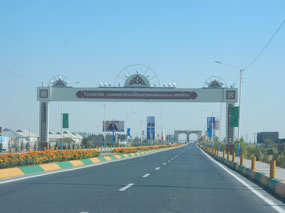
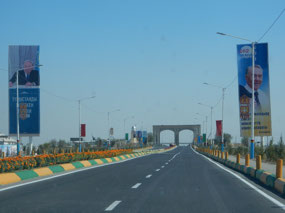
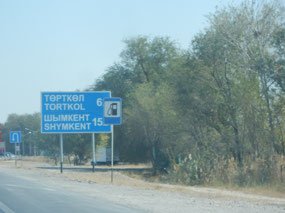
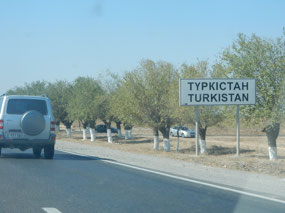
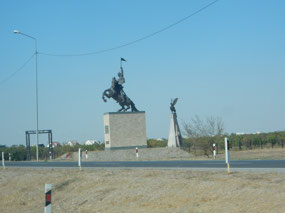
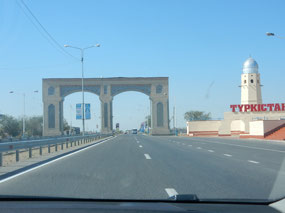
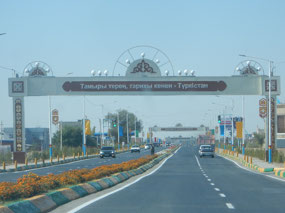
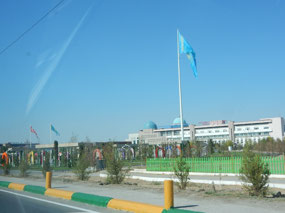
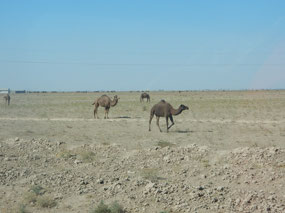
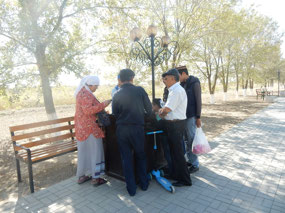
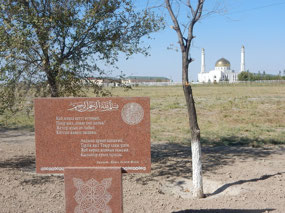

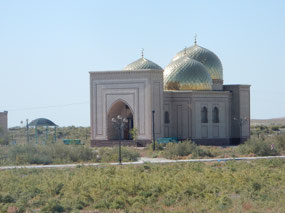
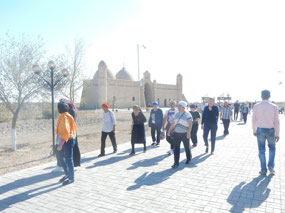
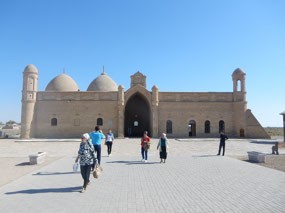
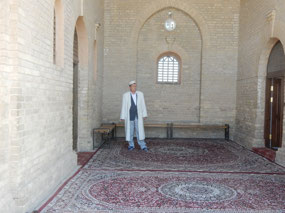
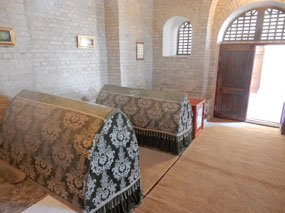
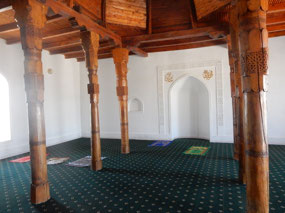
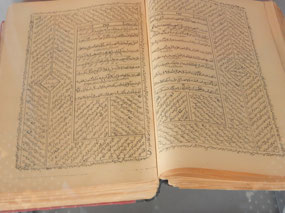
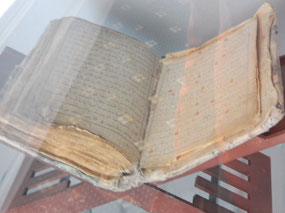
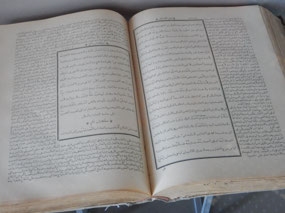
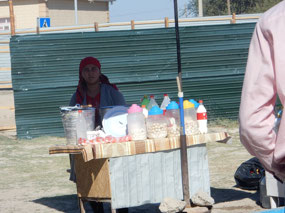
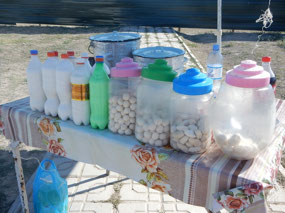
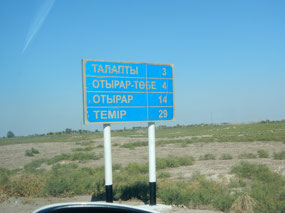
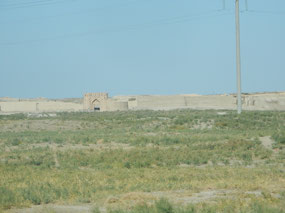
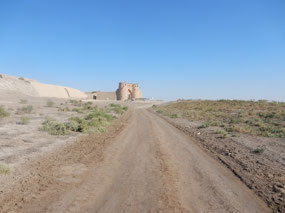
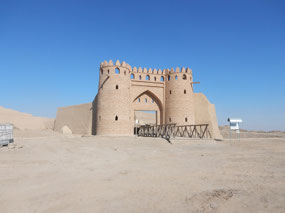
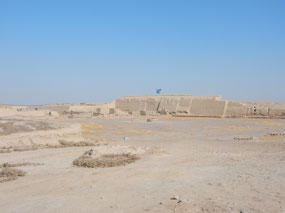
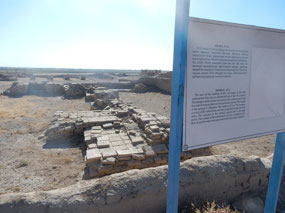
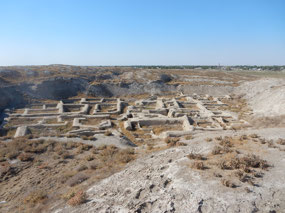
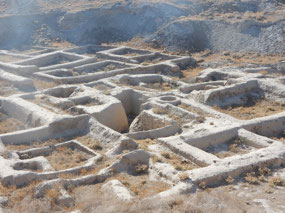
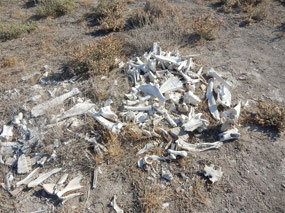

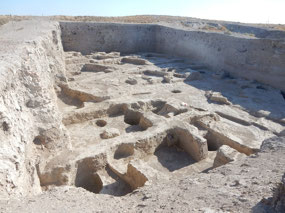
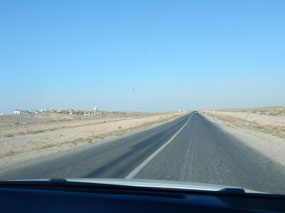
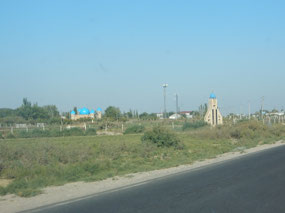
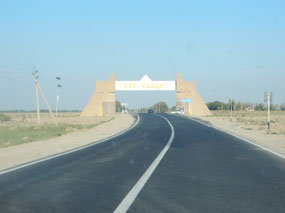
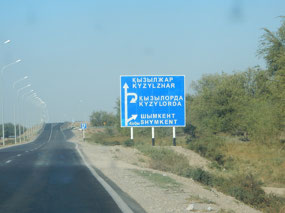
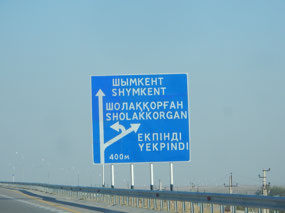
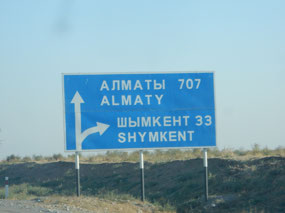
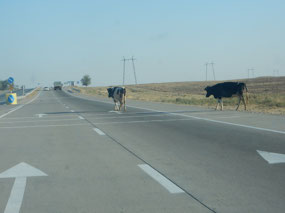
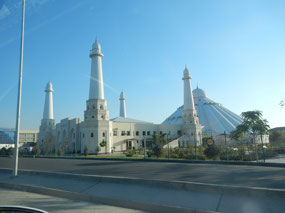
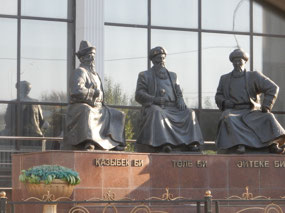




2025-05-22